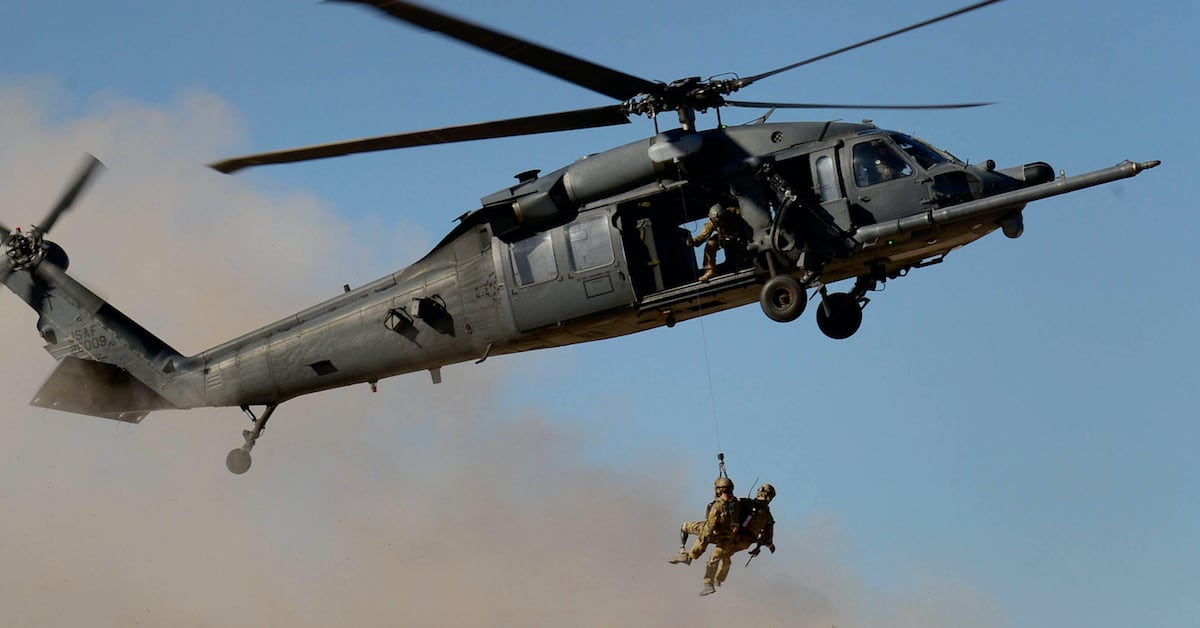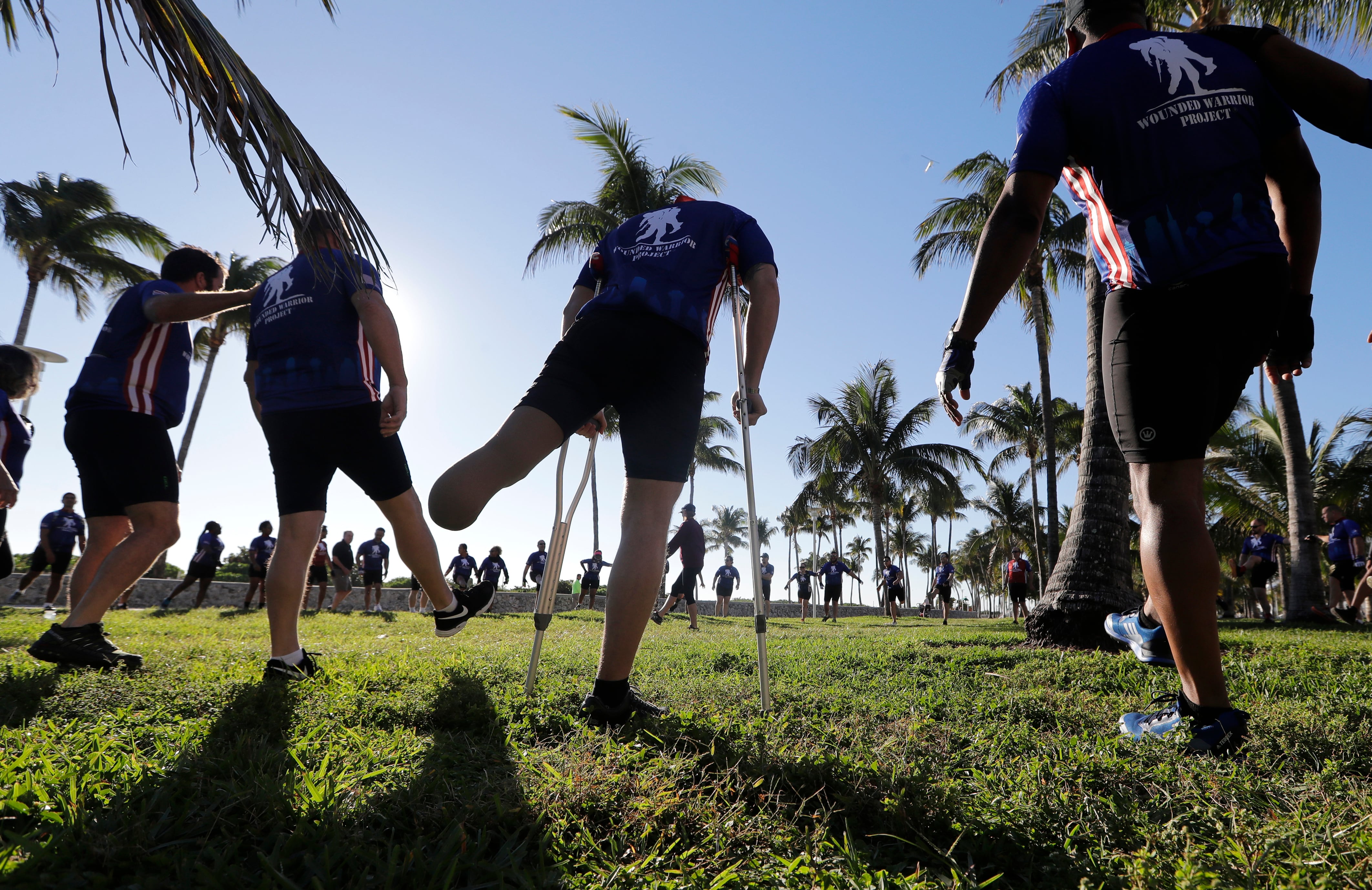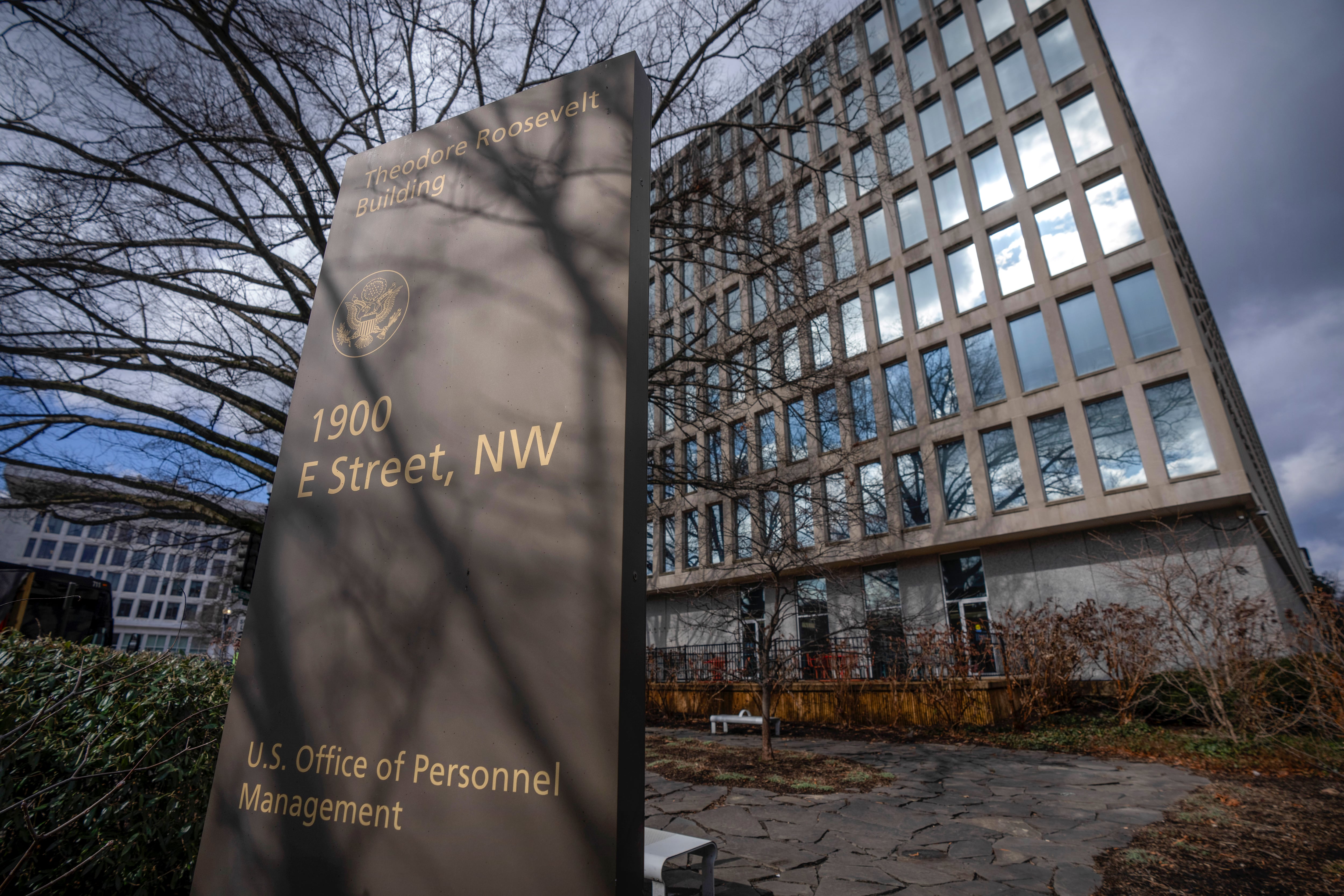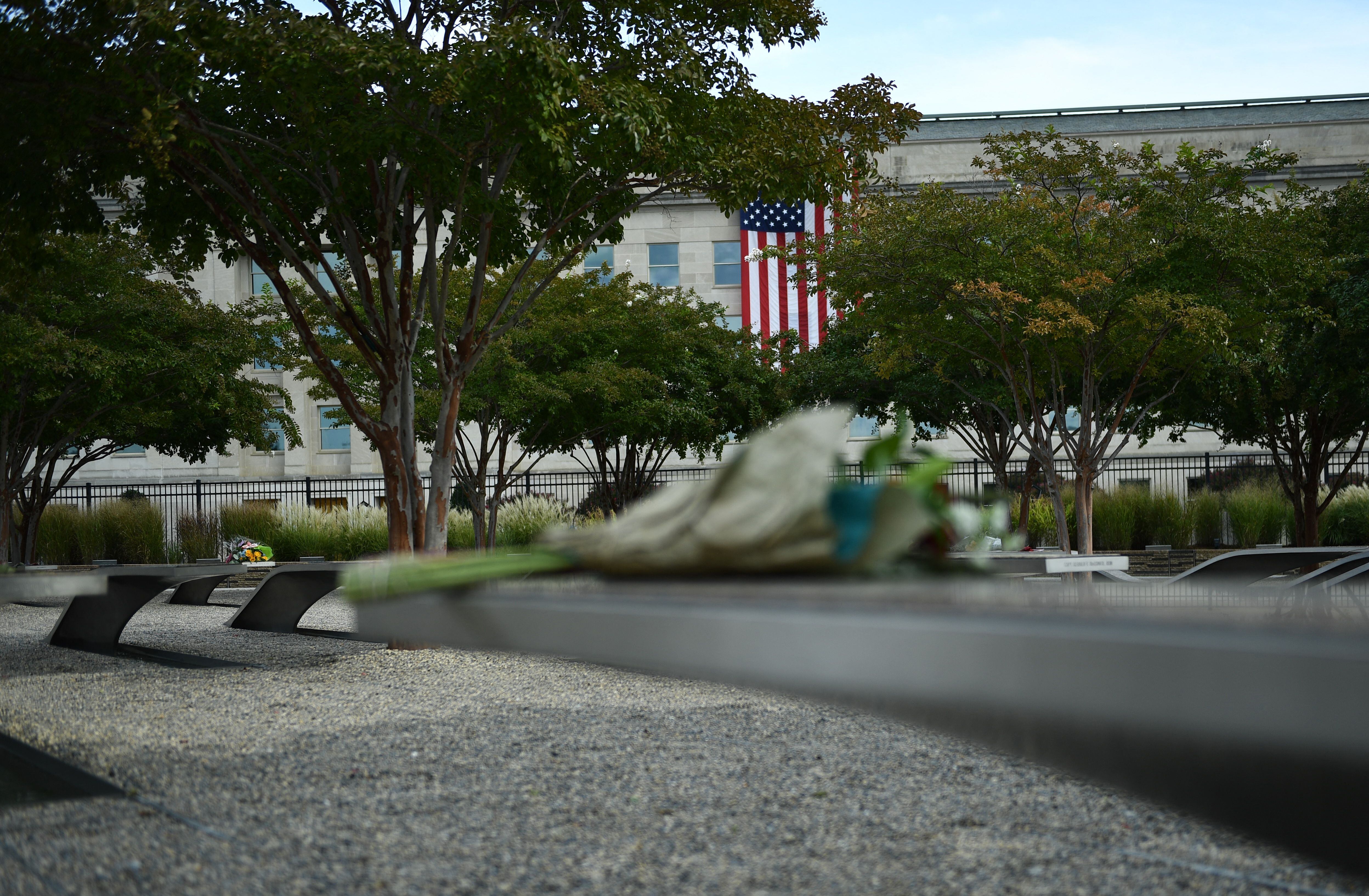The Air Force has released its investigation into the aircraft accident that left no survivors in western Iraq earlier this year, blaming pilot error and a poorly designed flight plan.
On March 15, an HH-60G Pave Hawk helicopter struck a galvanized steel cable after the pilot misinterpreted aircraft navigation displays, causing him to overfly the intended destination. The aircraft instead descended into an unplanned location where it struck the roughly half-inch thick cables hanging between two 341-foot high towers.
The Pave Hawk’s main rotor assembly became entangled in the cables, resulting in catastrophic damage and an unflyable condition, according to an Air Combat Command Accident Investigation Board report released Monday.
Four flight crew members and three pararescue airmen were killed in the crash.
There were no civilian injuries or damage to private property. The aircraft impacted uninhabited desert near Al Qaim, Iraq.
The aircraft, valued at roughly $49 million, was destroyed on impact.
The pilot of the mishap aircraft was a qualified instructor pilot and experienced helicopter pilot, with more than 1,000 total flight hours — 800 of which were on the Pave Hawk.
The co-pilot had more than 2,000 total flight hours, with more than 500 on the Pave Hawk.
“I find by a preponderance of evidence that the cause of the mishap was the result of the mishap pilot misinterpreting aircraft navigation displays,” Brig. Gen. Bryan Radliff, the Accident Investigation Board president, wrote in the report.
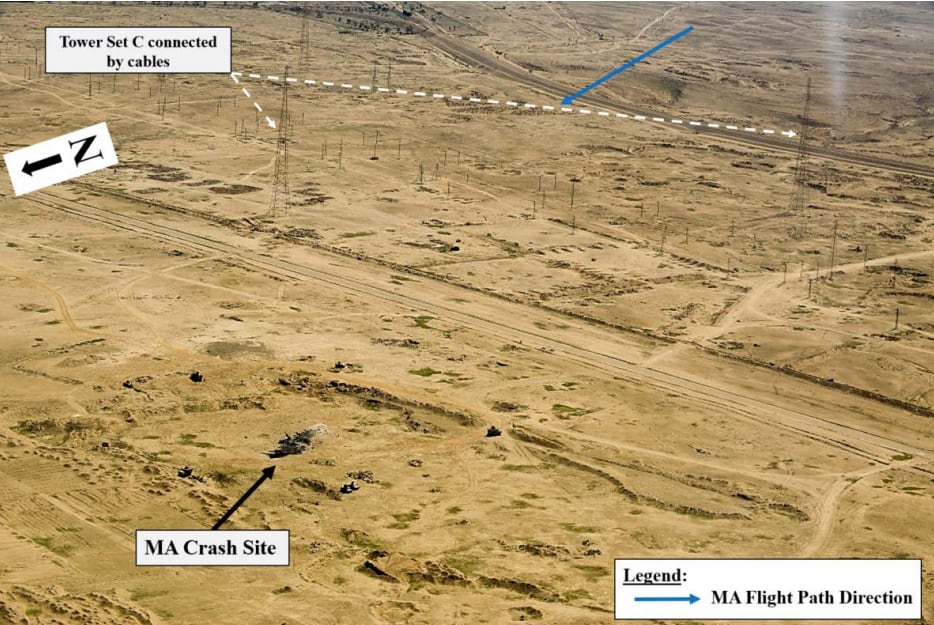
The aircraft was assigned to the 332nd Air Expeditionary Wing. It went down during a mission to preposition its crew at a helicopter landing zone near ground operations supporting the coalition battling the Islamic State in Iraq and Syria.
The crashed aircraft had been the lead in a formation with another Pave Hawk.
The two helicopters originally departed their main base at roughly 9 p.m. local time.
RELATED
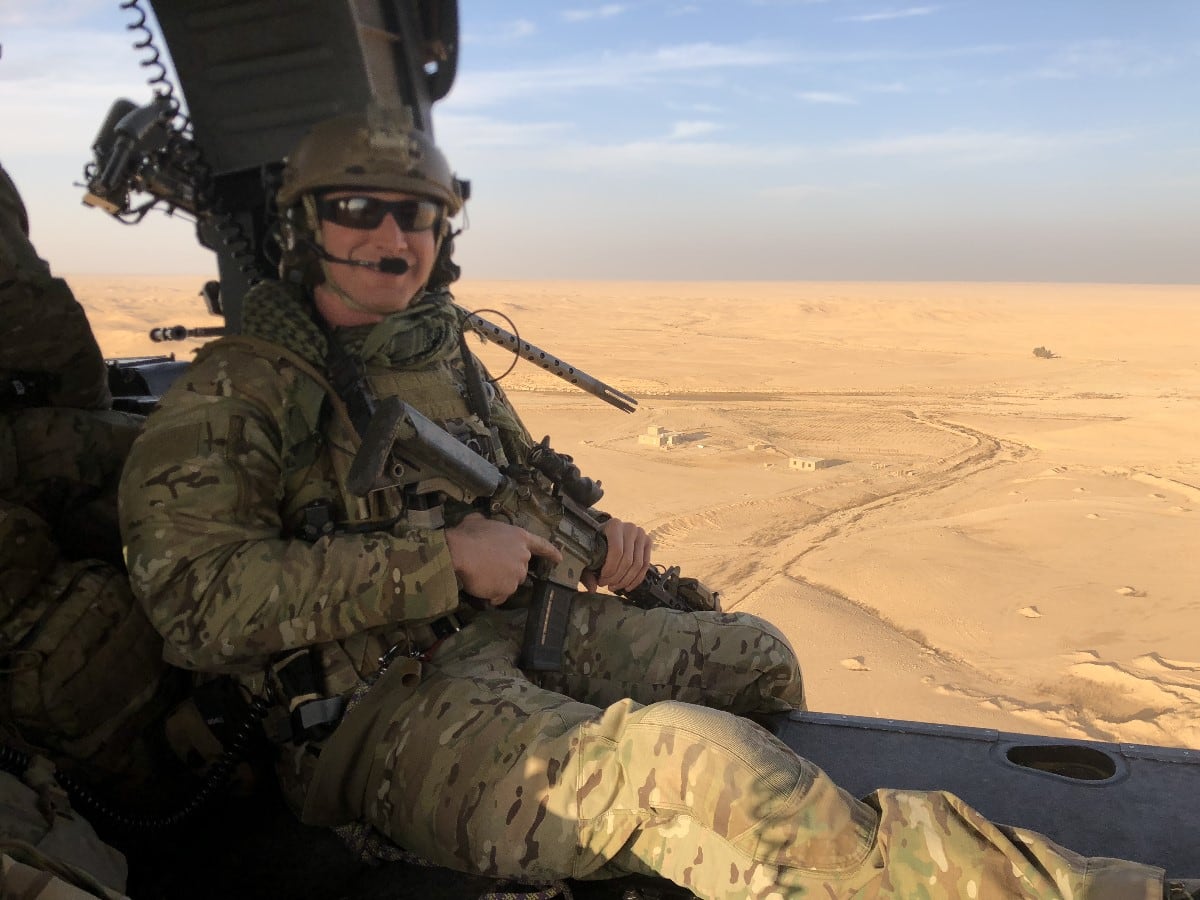
The investigation found other factors that contributed to the incident, including low ambient light that negated night vision capability and a poorly designed flight plan.
“The flight plan for the pre-position mission was a near direct path from the base of departure to the intended HLZ with an air refueling control point between the origin and destination points,” the report reads. “The loaded navigation route continued north to points beyond the intended HLZ.”
Night illumination during the flight was also noted to be low, rendering “night vision goggles insufficient to detect the cables," according to the report.
“Mission planning created a route of flight with additional waypoints beyond the intended HLZ which substantially contributed to the mishap," Radliff wrote.
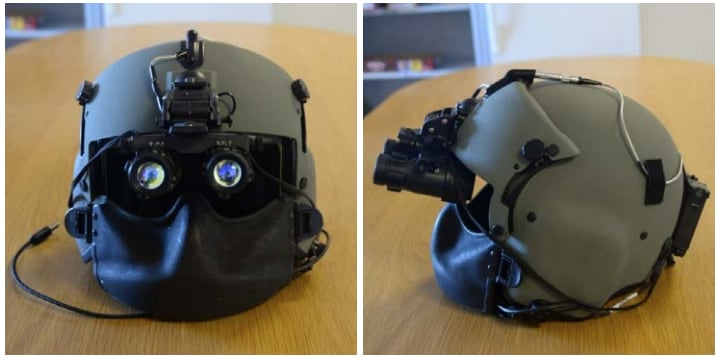
The additional — and unnecessary — symbols and numbers on the navigation display enabled either a waypoint beyond the intended HLZ to be selected accidentally, or an interpretation of the actual HLZ as a turning point, rather than the destination.
Either way, "had the route terminated at the intended HLZ, it is unlikely the [mishap formation] would have flown past the HLZ,” Radliff added.
The investigation also found that a breakdown in crew resource management among the mishap crew and between the helicopter formation failed to sufficiently detect and communicate the navigation error that had occurred.
The mishap aircraft impacted the ground at approximately 9:40 p.m. local time. An extensive rescue operation was immediately dispatched to the still burning wreckage.
Once the site was found, combat rescue officers and pararescue jumpers located and recovered the bodies of all seven of the fallen crew.
Throughout the recovery, the team was forced to utilize fire extinguishers to continuously battle the ongoing fire at the crash site.
Once the mishap crew members were recovered, U.S. Army medical evacuation helicopters transported the fallen crew back to the base from which they departed.
Kyle Rempfer was an editor and reporter who has covered combat operations, criminal cases, foreign military assistance and training accidents. Before entering journalism, Kyle served in U.S. Air Force Special Tactics and deployed in 2014 to Paktika Province, Afghanistan, and Baghdad, Iraq.
